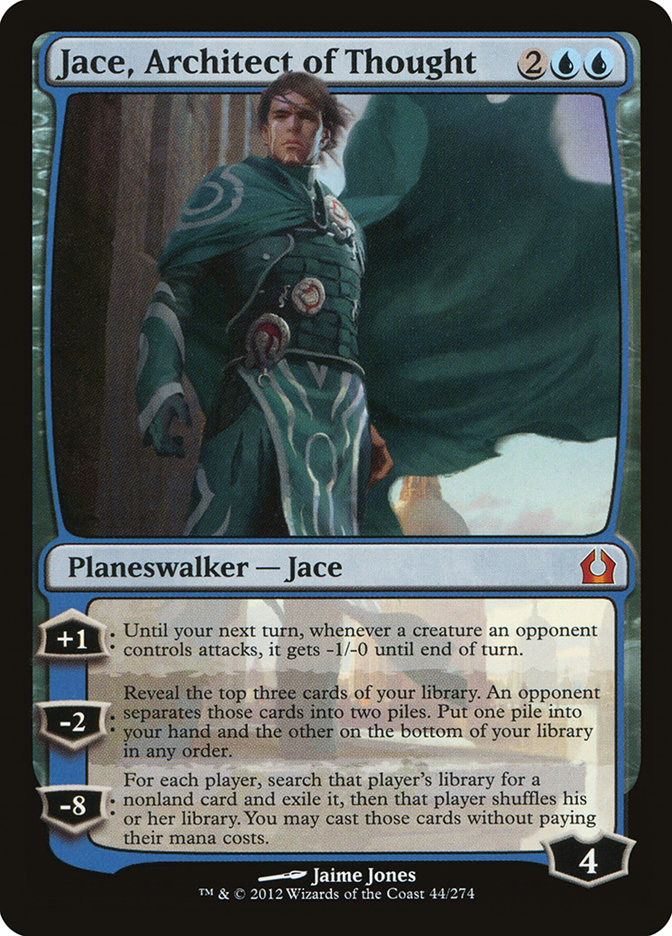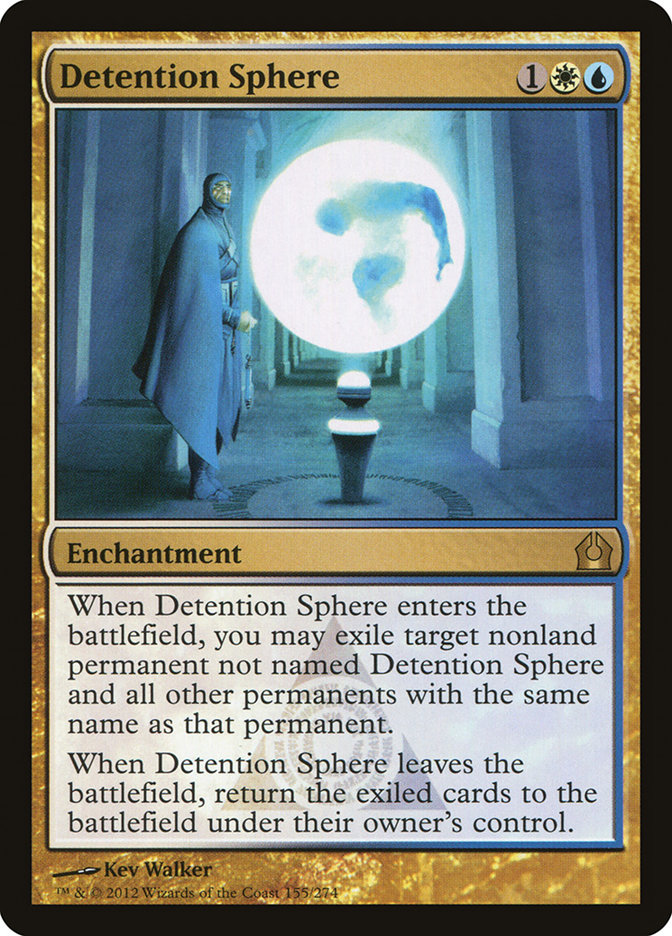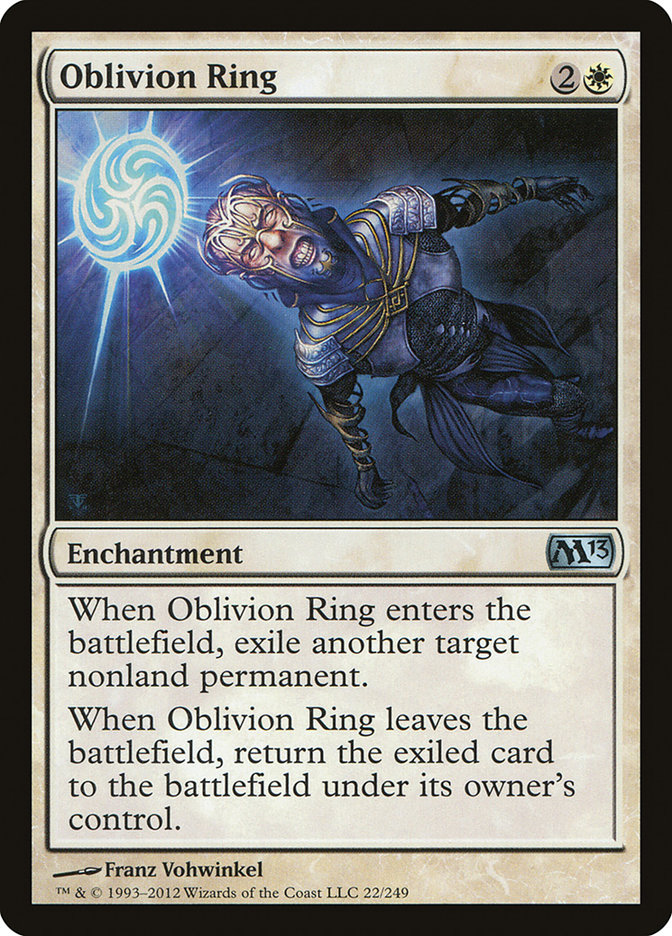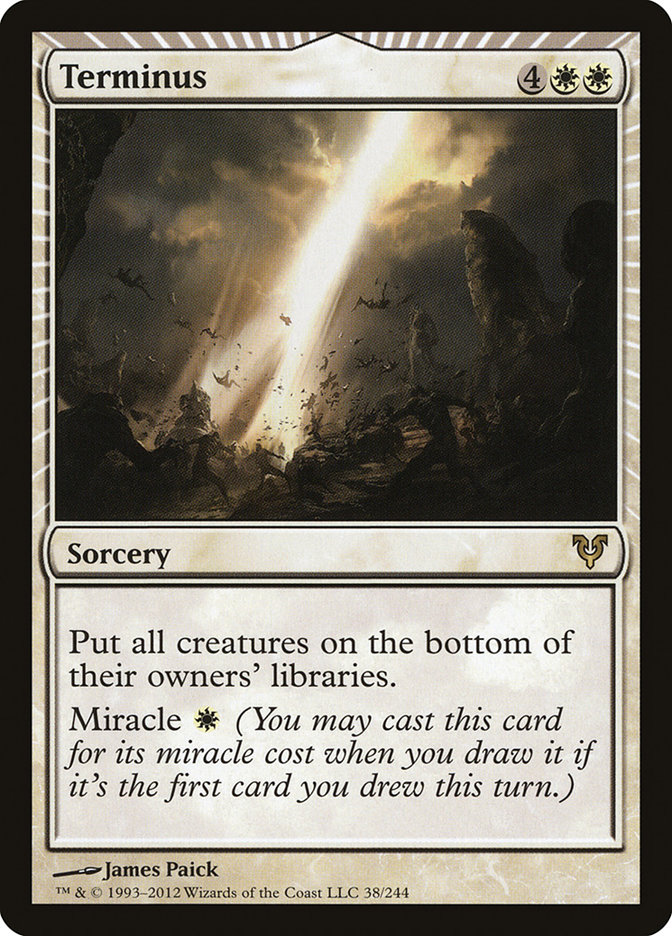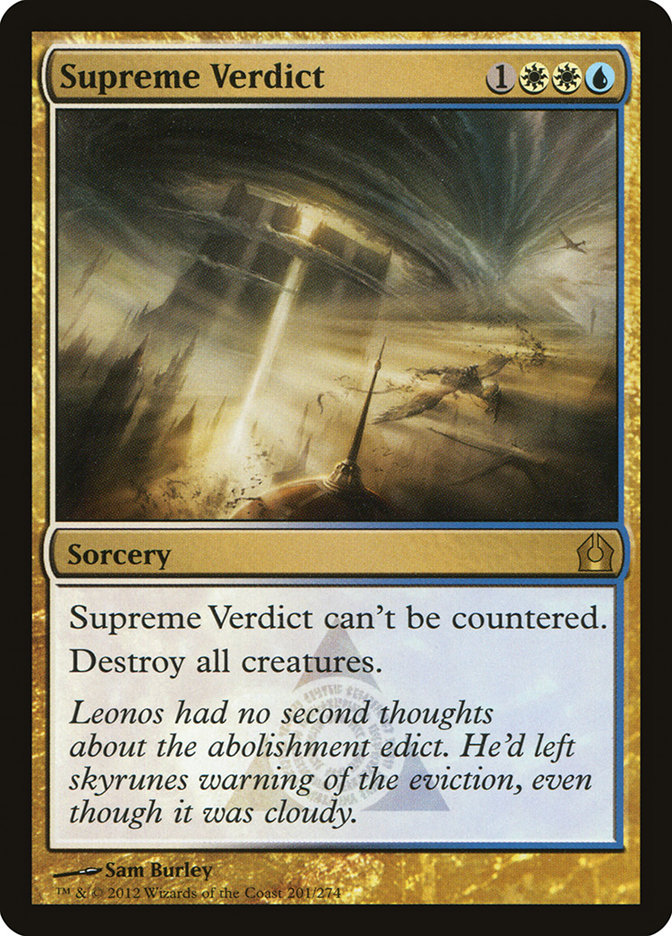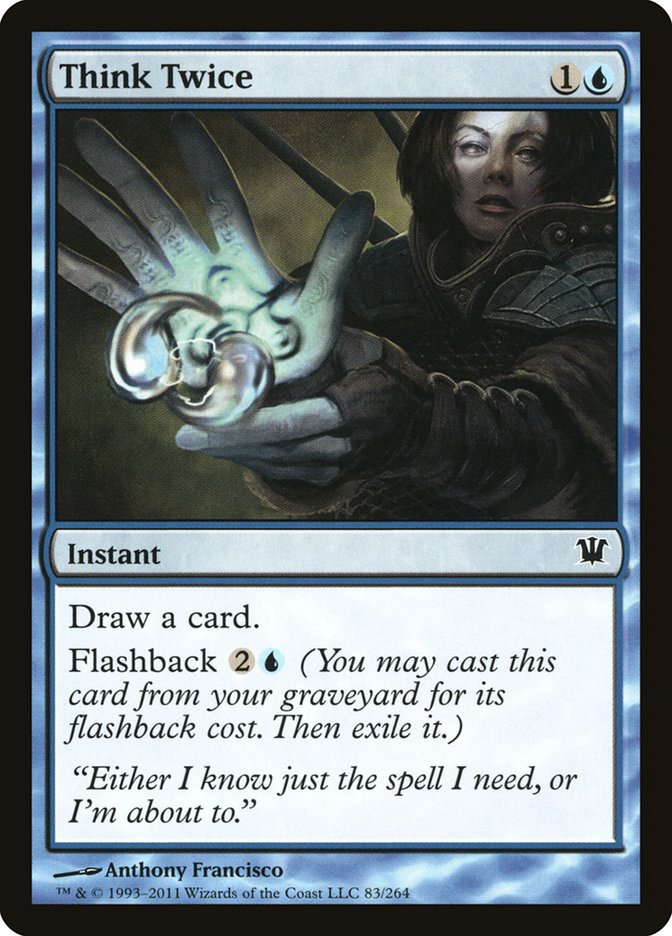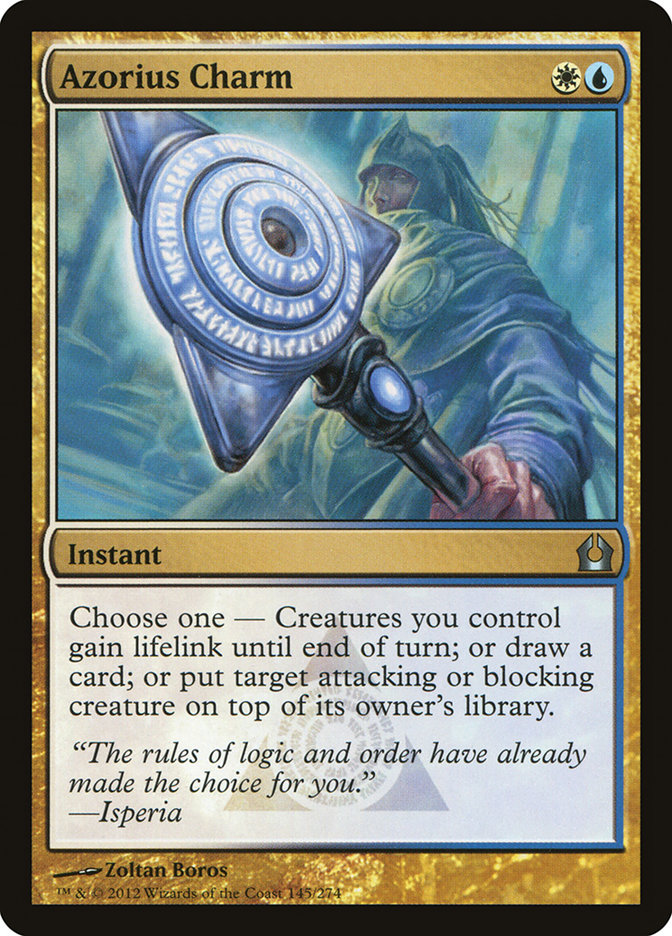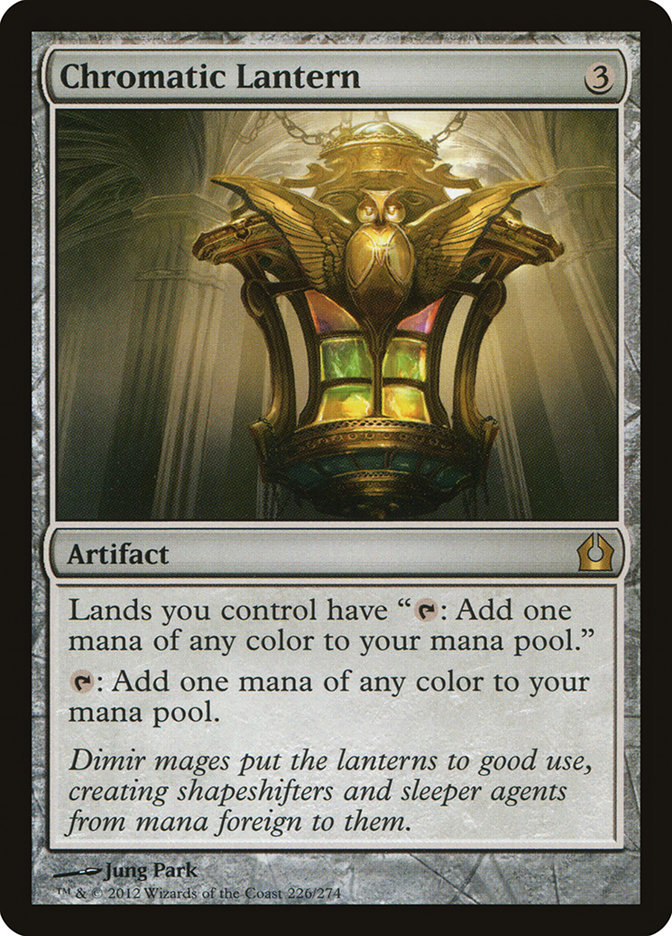Ah, Standard. How refreshing you are. Grand Prix Miami has come and gone, and there were seven different archetypes in the Top 8. That’s right, seven. I knew going into this weekend that the format was open game. The "best deck" was whatever you had put the most work into and knew inside and out—but I wasn’t prepared for this. Not only was this Top 8 about as diverse as you can get, but it was also pretty stacked with some awesome players. Reid Duke, Brad Nelson, and Matt Costa are all having a killer year, Josh McClain has been tearing up my Facebook feed with awesome tournament results, and I’ve definitely seen Peter Ingram crush a tournament or two in his day. All these great players—and every one of them on a different deck!
How can we possibly find an edge in a field like this? How can we attack a metagame where it’s possible for seven different decks to Top 8 a 1200-player tournament? This coming weekend the SCG Open Series will be in Worcester, Massachusetts, and Brian Braun-Duin and I are planning to make the trip. We’re both very close to "leveling up" for some bye(s) at the upcoming SCG Invitational in Somerset, New Jersey and are desperately trying to solve the Standard puzzle.
I currently have all seven lists (using Costa’s U/W/R) from the Top 8 of GP Miami proxied up, and we will be spending as much time as we can all week tweaking and figuring out our plan. I’m excited. This is a great time to be playing Magic because you can play just about anything; as long as you know what your plan is to combat the field (and it is a large field), you can be successful.
With that said, let’s get a little crazy. I want to talk about something a little off the beaten path. Something that had potential. It reared its ugly head for a couple weeks, and then it disappeared in the mist like a ninja. Well, it was more Foggy than misty.
That’s right, Turbo Fog—well, of sorts. I think that the current format is ripe for some type of passive planeswalkers and Fogs type of deck. Skullcrack and Sphinx’s Revelation are both at an all-time low, and Slaughter Games is nowhere in sight. Everyone will be trying to prepare for this wacky wide-open format, and we can just swoop in with a well thought-out deck that preys on the aggressiveness of it. What I’d like to do is break down the different angles, talk about the cards that we can use to fulfill these angles, and see if we can come up with something.
Getting ahead on mana is the most important part of a Fog deck, which is a double-edged sword. We want our Farseeks early, but in the mid to late game they are really bad to draw. Unfortunately, we have to bite the bullet and play four Farseeks. However, we do get a gift in Urban Evolution. This card allows us in conjunction with Sphinx’s Revelation to gain back the cards in the mid and late game and take over. Fog can conveniently be cast off the additional land that we get to play post Urban Evolution.
Cavern of Souls has been on a steady decline; we may see one or two at most in any given deck, but even that’s rare. This makes Essence Scatter very effective right now. Even the U/W/R decks are using Geist of Saint Traft, Restoration Angel, and Thundermaw Hellkite to kill their opponents, which further propagates the awesomeness of Essence Scatter. The lack of Cavern of Souls also points me to Plasm Capture. I think that Urban Evolution is the best thing we can be ramping into with Plasm Capture currently, and with all of the dual lands we have available with our Farseeks, it isn’t too demanding to want to be able to have Plasm Capture or Supreme Verdict available on turn 3 or 4. Syncopate and Dissipate are still good, and being able to exile cards like Unburial Rites and the like is important.
There are still a few cards that are troublesome besides Skullcrack, and those are Hellrider, Blood Artist, and Voice of Resurgence. Having access to four Terminuses is awesome against all three of these cards, and Witchbane Orb is effective against Hellrider and Blood Artist circumventing Fog while we try to take control of the game. Voice of Resurgence is definitely a problem since it’s everywhere and is great against our strategy of "do nothing, Fog, draw cards, and play counterspells." The good news is that we do have some cards we can play that are good against Voice of Resurgence and the rest of the field.
Jace, Architect of Thought is good against Voice of Resurgence in an interesting way. We still have to find some way to get rid of it so that we can continue to counter relevant spells and Fog, but Jace, Architect of Thought protects itself with his +1 ability (just don’t forget the trigger!), and helps you dig for a permanent answer with his -2. Jace, Architect of Thought is also very good against the rest of the field. Anything with Lingering Souls is neutered by his +1. Against the control decks, his -2 is a great way to get ahead on cards, and he poses a dilemma for them while sideboarding: do I take out my burn or leave it in?
The midrange decks aren’t able to put enough pressure on him, especially when we can power him out on turn 3. His +1 is great against their mana dorks (Avacyn’s Pilgrim and Arbor Elf), and his -2 draws us into more sweepers or Fogs. Jace, Architect of Thought also protects us from Jace, Memory Adept (at least for now), which is a huge threat against us!
Detention Sphere and Oblivion Ring are both criminally underplayed right now. There are so many Voice of Resurgences, Boros Reckoners, and Domri Rades being played right now it’s crazy. In addition, Abrupt Decay is the only real answer that’s being played besides Acidic Slime, and fortunately neither of these cards is particularly effective against decks with Acidic Slime anyway. Both Detention Sphere and Oblivion Ring answer Voice of Resurgence without giving them the value Elemental since exile is not the same as dying. Hitting multiple Burning-Tree Emissarys with a Detention Sphere feels as good as you imagine it would. These also answer Falkenrath Aristocrat, which is a bit of a problem for this deck to handle.
The midrange and control decks both have valid targets for Detention Sphere and Oblivion Ring as well. Garruk Relentless; Jace, Memory Adept; and Boros Reckoner are all cards you can expect to see in any given tournament. Outside of Abrupt Decay (which is terrible against us) and Acidic Slime (which is good against us unfortunately) there isn’t much that’s being played to punish us for playing Detention Sphere and/or Oblivion Ring.
Terminus is very good right now, allowing us to wrath our opponents and still use mana on other spells. It also negates any "when this creature dies" triggers from cards like Voice of Resurgence and Blood Artist and keeps creatures out of the graveyard of the Unburial Rites deck. As I experienced last week, having only Terminus isn’t good enough, and we have to bridge the gap with Supreme Verdict. We definitely want to be playing both and to have access to seven or eight post-board. We might end up wanting Planar Cleansing, but I’m not too sure. I think I’d rather lean on counterspells to handle troublesome permanents like Garruk, Primal Hunter and Liliana of the Veil.
Here is where I think we should start.
Creatures (1)
Planeswalkers (3)
Lands (27)
Spells (29)
- 1 Dissipate
- 4 Fog
- 4 Farseek
- 3 Essence Scatter
- 2 Clinging Mists
- 3 Terminus
- 3 Supreme Verdict
- 2 Detention Sphere
- 3 Sphinx's Revelation
- 2 Urban Evolution
- 2 Plasm Capture
Sideboard

Building a starting point for this strategy was actually a bit tougher than I thought it was going to be. There are just too many awesome cards that foster our strategy, and I want to play them all! There are some glaring omissions, and I plan on testing this week to see if this strategy is possible (like I think it is) and if not playing these cards is correct.
Think Twice and Azorius Charm are both usually staples in this style of deck, yet I decided against both of them. Most of the time, we aren’t going to die to just one creature. Our opponents will be casting a billion Burning-Tree Emissarys and playing out all of their Avacyn’s Pilgrims and Arbor Elves to ramp into their Thundermaw Hellkites and the like. I don’t think that using Azorius Charm as a buffer to stymie damage until we get to our big spells is where we want to be. I’d rather be using Detention Sphere and Plasma Capture to bridge the gap to my mid and late game.
Think Twice is usually played as a way to help draw into our important cards and to smooth our mana. I’d rather just play 27 lands and more powerful cards. Think Twice also gives us something to do with our mana against the control decks, but again I’d rather just make my land drops and play powerful spells. There is merit that both allow us to miracle a Terminus on our opponent’s turn, but casting it on our turn is just as effective and Think Twice gets much worse when Voice of Resurgence is in the mix.
Chromatic Lantern is usually played in these decks as a way to accelerate and fix colors. If I wanted to play cards like Nicol Bolas, Planeswalker and Increasing Ambition, then I would definitely want some number of Chromatic Lanterns or even Gilded Lotus in the deck. I do think that Increasing Ambition is probably something that we want somewhere and will definitely be trying it out this week, but I want to start without it.
For our sideboard, I think we definitely want Witchbane Orb to combat Hellrider, Blood Artist, Slaughter Games, Rakdos’s Return, and random burn spells. The Dispels are primarily for Sphinx’s Revelation and Skullcrack. Unfortunately, even with a Witchbane Orb in play, our opponents can just Skullcrack themselves and make it so that we can’t Fog for the turn. Centaur Healer and Righteous Blow are both for the aggressive decks too; they do a decent speed bump impersonation so that we can get to our sweepers and powerful midgame spells.
The extra Terminus and Detention Sphere come in against Voice of Resurgence decks. We also want to have access to four Terminus against Junk Reanimator. The additional counterspells are primarily for the control and midrange decks where they are going to have to resolve a big powerful spell to beat us.
It could be that I am overcompensating for the aggressive decks with the sideboard, but that will be for testing this week to show. Some cards that I think could be played in the sideboard are Increasing Ambition, Aetherling, Pithing Needle (answer to Aetherling), Thragtusk, Psychic Spiral, and Increasing Confusion.
It could be that this strategy is too full of "do nothings" and completely terrible, but I’m going to at least give it a shot and see what it can do. It might be that we want to go over the top, like way "Travis Woo" over. Be sure to let me know what you think! I’d love to see people’s suggestions and ideas for this strategy. I plan on giving it a good run through this week as we prepare for #SCGMA and will give a final update on Friday in the comments before we head north to battle.
You all know me by now; I write about a new idea or strategy and end up just playing Junk Reanimator. Since we’re being honest, this will probably happen again, but it’s not for lack of trying. Junk Reanimator is what I’m most comfortable with, and in this wacky metagame of infinite possibilities, I like playing what I know.
Congratulations again to Reid Duke for crushing GP Miami and to my buddy Bard Narson on his Top 4 and Matt Costa on Top 8. They all played the deck that they were familiar with (Jund, Junk Aristocrats, and U/W/R), and it paid off. There really isn’t a "best deck" right now; familiarity and consistency are the most important things.
Until next time…
<3 CVM
@Chris_Vanmeter on Twitter
www.facebook.com/chris.vanmeter.58 on Facebook

